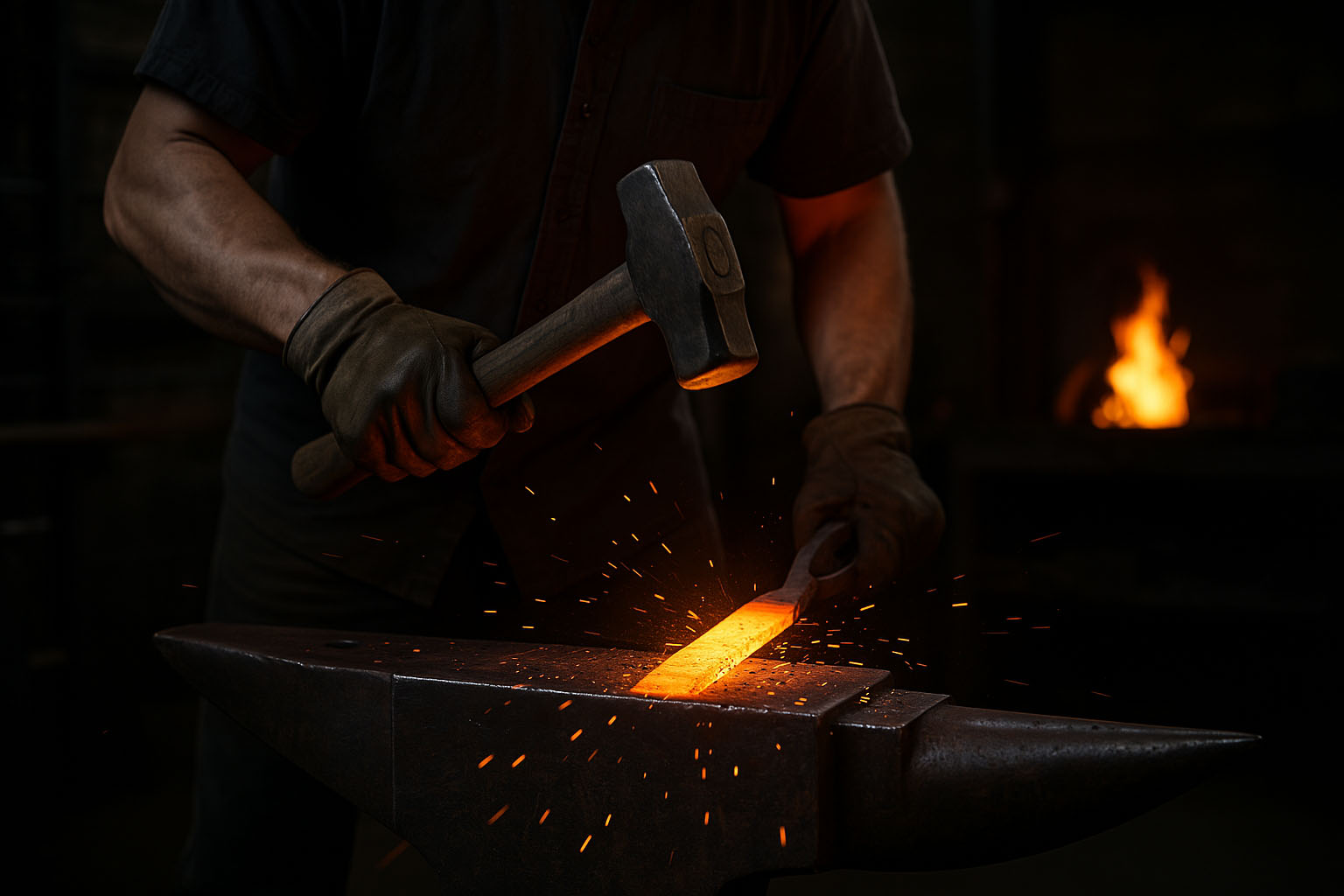I’ve been a fan of Forged in Fire for a while now, and while my daughter Maura loves it for the excitement, creativity, and crazy weapons, I see something deeper. For me, the show is a masterclass in perseverance—how to push through challenges, adapt when things go sideways, and keep going even when everything seems to be falling apart. Funny enough, those lessons show up in my day job, too. As an Architect in the Industry Software Engineering (ISE) organization at Microsoft, where we act like consultants solving big problems, I run into my fair share of unexpected hurdles.

Rolling with the Punches
One of the things I love about Forged in Fire is how things rarely go according to plan. Blades crack, welds fail, and sometimes, the forge just isn’t cooperating. The smiths who make it through aren’t necessarily the best from the start—they’re the ones who adapt, troubleshoot, and keep moving forward.
That’s exactly what working in tech feels like. No matter how well you plan, projects hit roadblocks—whether it’s a surprise compatibility issue, a shift in customer needs, or a technical challenge that takes longer to crack than expected. Success, in both forging and software engineering, isn’t just about raw skill—it’s about thinking on your feet and problem-solving under pressure.
Failing Fast, Learning Faster
Some of the wildest moments on the show happen when a blade breaks or delaminates right before the buzzer. Watching a smith scramble to save their work—welding, reshaping, heat-treating in a panic—it’s stressful, but also inspiring. Some of them manage to pull off a miracle, and even when they don’t, you can see how much they’ve learned from the experience.
I’ve had plenty of moments like that in my career. Whether it’s an AI model that doesn’t perform, an architecture that needs a complete rethink, or a deployment that just refuses to work, setbacks happen. The key is what you do next. Do you give up, or do you take a breath, figure out what went wrong, and make the next attempt better? The best engineers, like the best smiths, don’t let failure stop them—they use it to refine their craft.
Pushing Limits—Physically and Mentally
A lot of contestants come in thinking they’ve got the technical skills to win, only to realize that the sheer grind of the competition is something else entirely. The heat, the time limits, the pressure of performing on camera—it pushes them to their limits, both physically and mentally. The ones who succeed aren’t just great blacksmiths; they’re the ones who can dig deep, stay focused, and push through.
That mindset applies to my work at Microsoft, too. As an Architect, I tackle some of the toughest challenges in enterprise software. It takes long hours of deep thinking, problem-solving, and mental endurance to crack big industry-wide problems. Just like in the forge, there are moments when I feel like I’ve hit a wall—but if I keep hammering away, eventually, I break through.
The Bottom Line: Keep Hammering
At its core, Forged in Fire is about perseverance. It’s about showing up, working through challenges, learning from failures, and constantly refining your craft. Whether it’s in blacksmithing, fitness, or software engineering, the secret to success is simple: just keep hammering. That’s how you turn raw materials—whether it’s steel, code, or personal grit—into something strong and lasting.
So while Maura enjoys the action and artistry, I’m taking notes. Forged in Fire isn’t just about making weapons—it’s about forging resilience. And that’s a lesson I carry with me every day, whether I’m in the forge, training for a Spartan race, or tackling my next challenge at Microsoft.